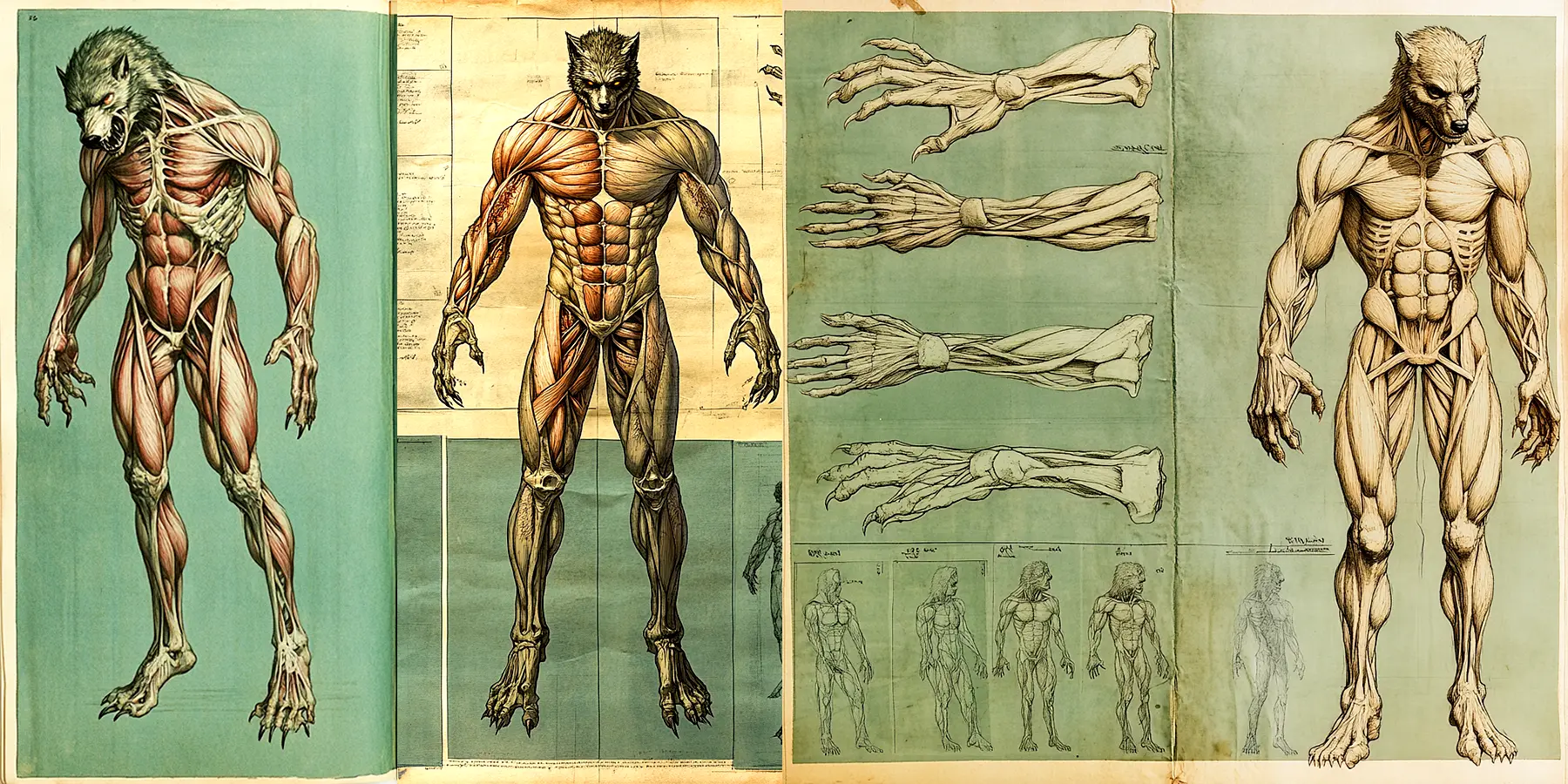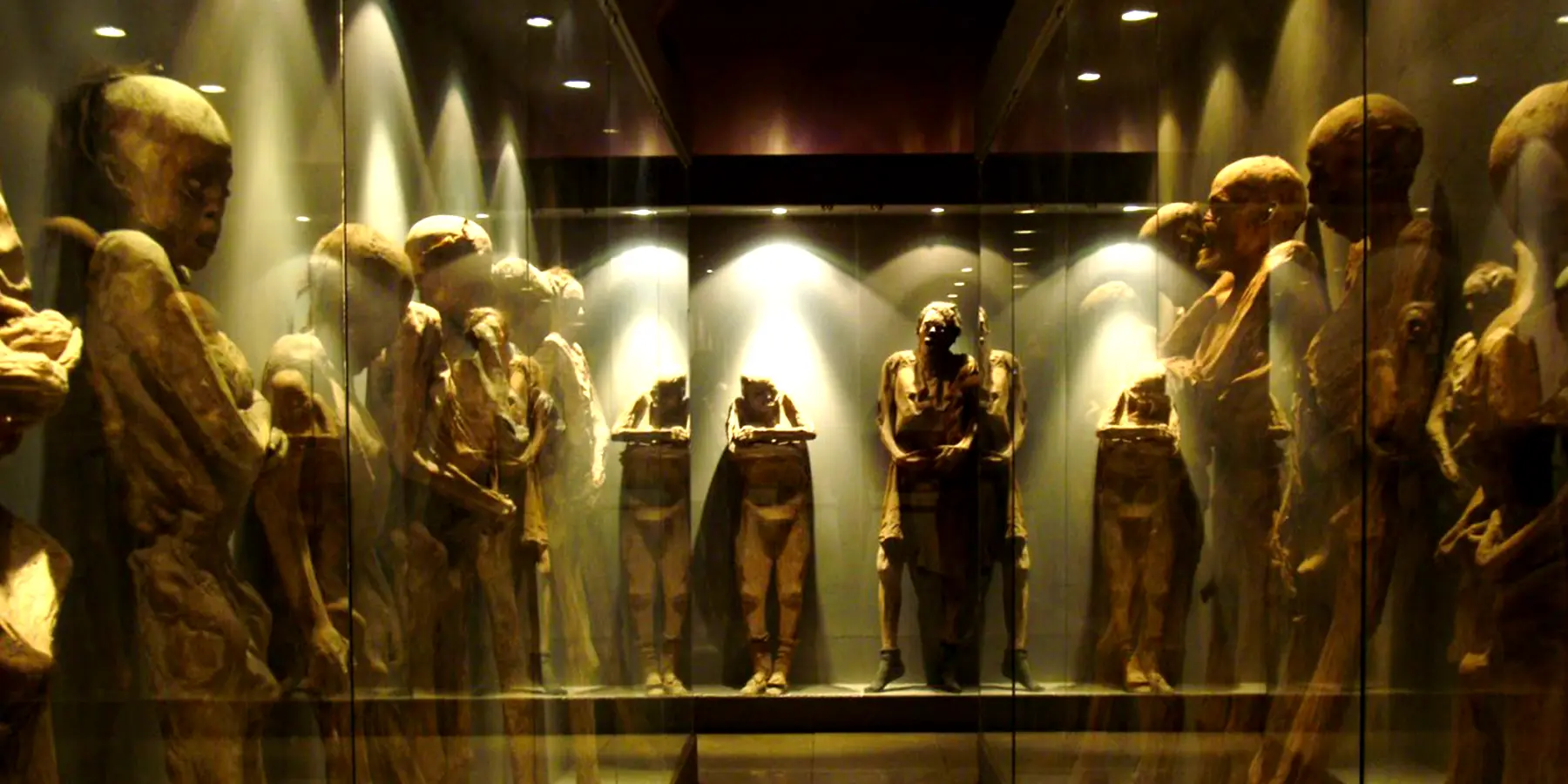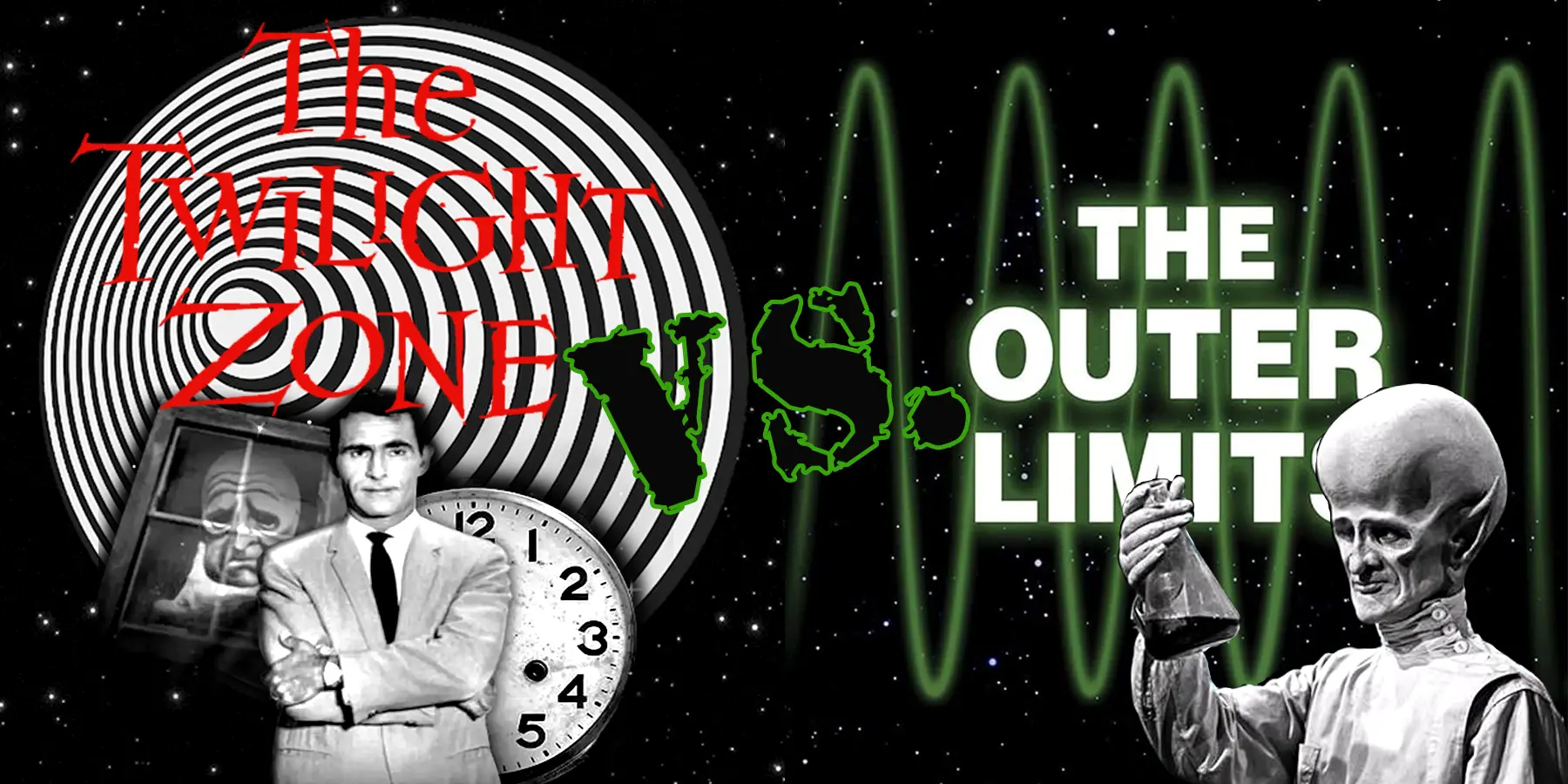Step aside, Superman—Mexico had its own superhero, and his name was El Santo. But behind the silver mask was another legend: José G. Cruz, the mastermind who transformed wrestling, comics, and cultural identity into one photorealistic punch at a time. This is the story of how Cruz’s comics didn’t just entertain—they helped define an era, a national identity, and an artform.
Who Was José G. Cruz?
Born in 1917, José Guadalupe Cruz began his career in the 1940s as a writer and artist of pulp-style romance, crime, and horror comics. But in the 1950s, he struck gold when he partnered with Mexico’s most famous luchador: El Santo.
Unlike traditional hand-drawn comics of the time, Cruz innovated by merging photography with illustration, giving his pages a gritty realism that pulled readers into Santo’s world of supernatural threats and back-alley brawls. This unique style set his work apart from American imports and helped define a distinctly Mexican comic identity.
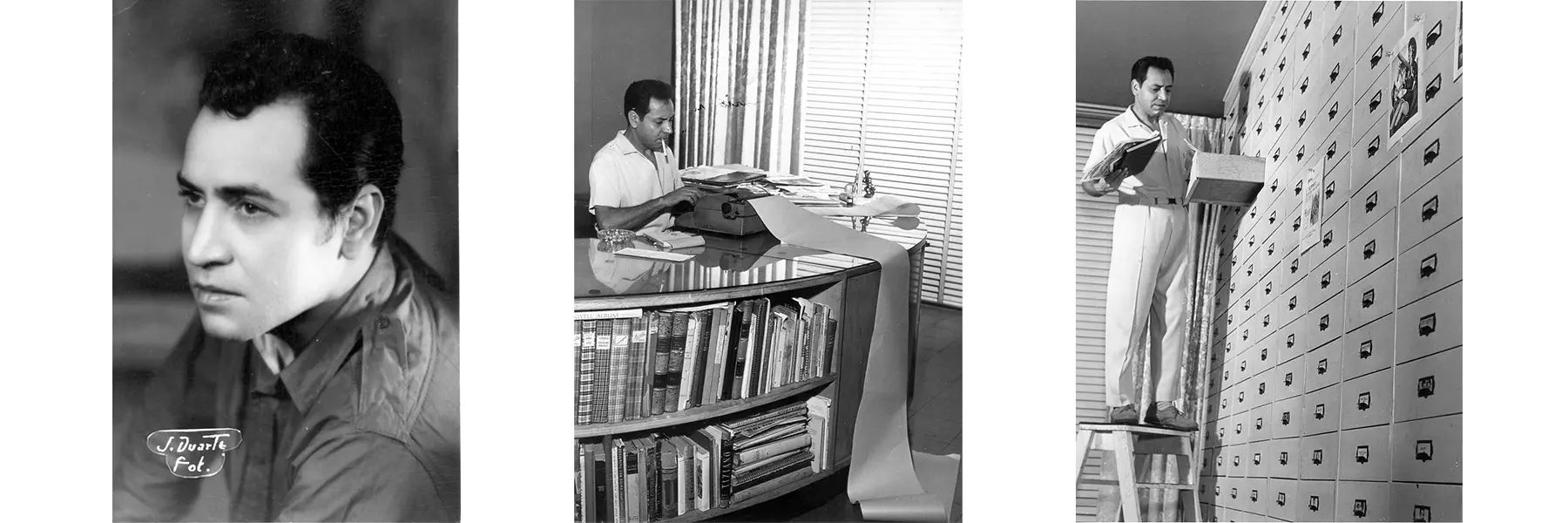
Check out this fascinating interview about José G. Cruz at Tebeosfera
When Lucha Libre Met Superhero Mythology
Cruz wasn’t just chronicling wrestling victories—he was building a modern mythos. By turning El Santo into a crime-fighting, monster-punching demigod, Cruz helped blur the line between wrestler and superhero. Vampires, mummies, mad scientists? All part of a typical Tuesday for El Santo.
These comics weren’t just marketing tools—they were foundational to Lucha Libre’s evolution from athletic event to multimedia spectacle. Cruz helped elevate luchadores into folk heroes, giving the Mexican public their own masked champions of justice.
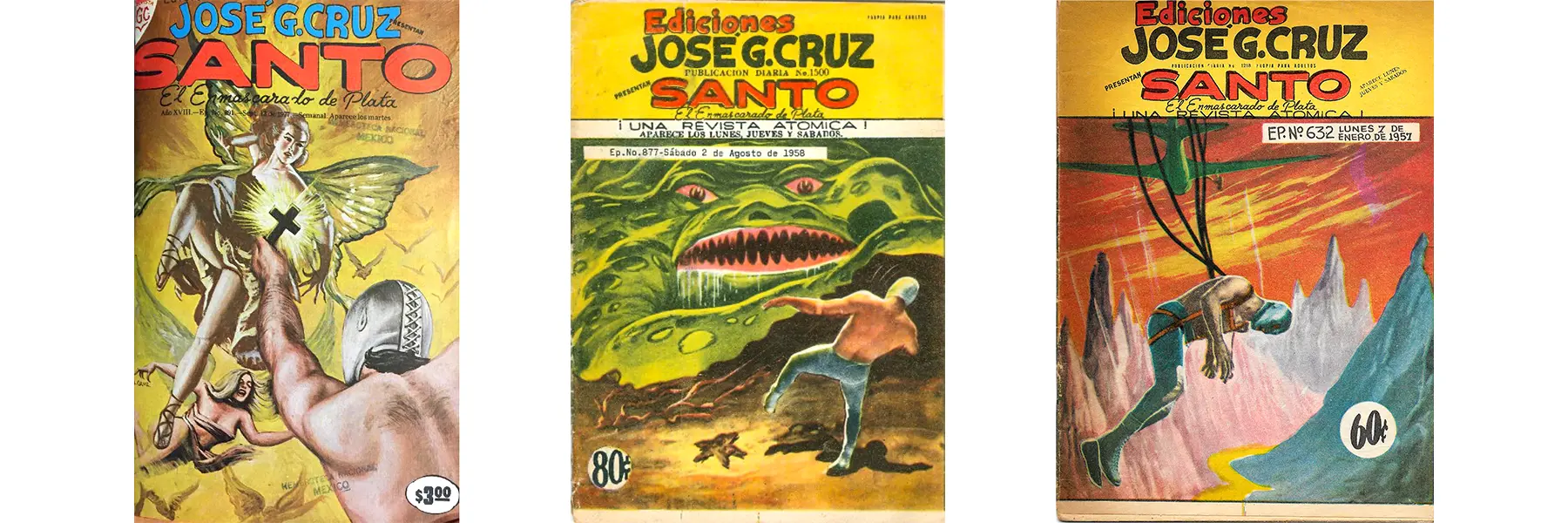
For a brief history of Mexican wrestling, check out this overview from Amigo Energy
Comics as Cultural Cornerstones in Mexican Homes
Cruz’s comics became household staples, passed from kids to grandparents. They weren’t just flashy stories—they were allegories for justice, reflections of real fears, and aspirations wrapped in pulpy drama. Themes of loyalty, community, and morality were front and center.
In a time when Mexico was facing political tension and economic uncertainty, the photorealistic panels of El Santo striking down injustice were a comforting fantasy—and an ideal to strive for.
The “M” on the Mask: Artistic Liberty or Luchador Lookalike?
Eagle-eyed readers sometimes noticed an oddity in early comics: El Santo with a mysterious “M” on his mask. Why?
This wasn’t part of El Santo’s official persona. Theories range from artistic experimentation to mistaken identity, possibly confusing him with El Médico Asesino, a different luchador with a similar silver mask. Early comics, often produced without strict licensing oversight, took creative liberties with character design, resulting in visual variations that now intrigue collectors and scholars alike.
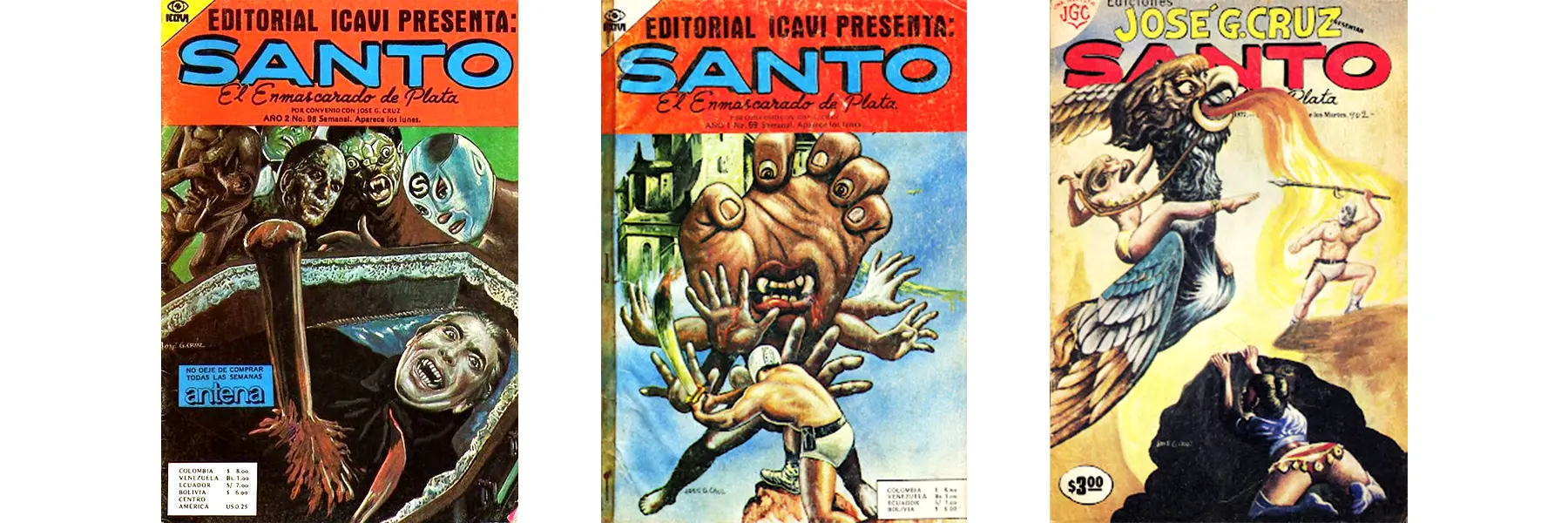
Comic Timeline: A Legacy Spanning 3 Decades
- First published: Early 1950s
- Final issue: Mid-to-late 1980s
- Estimated total: Over 1,500 issues
That’s over 30 years of crime-fighting, creature-slaying, time-traveling storytelling. Cruz’s El Santo comics are among the longest-running series in Mexican comic history, bridging generations and evolving with the times.
Must-Read Storylines from the El Santo Universe
Here are just a few wild, wonderful tales that highlight the genius of Cruz:
- El Santo contra los Vampiros
Santo uncovers a hidden vampire coven stalking Mexico City’s shadows. Part detective noir, part horror romp, it’s gothic lucha at its best. - El Santo en la Ciudad de los Hombres Rata
In a dystopian world ruled by mutant rat-men, Santo becomes humanity’s last hope. Post-apocalyptic pulp meets sci-fi wrestling. - El Santo y el Enigma de la Momia
A cursed mummy returns to life to avenge an ancient betrayal. Santo must unravel the riddle before the city falls to ancient wrath.
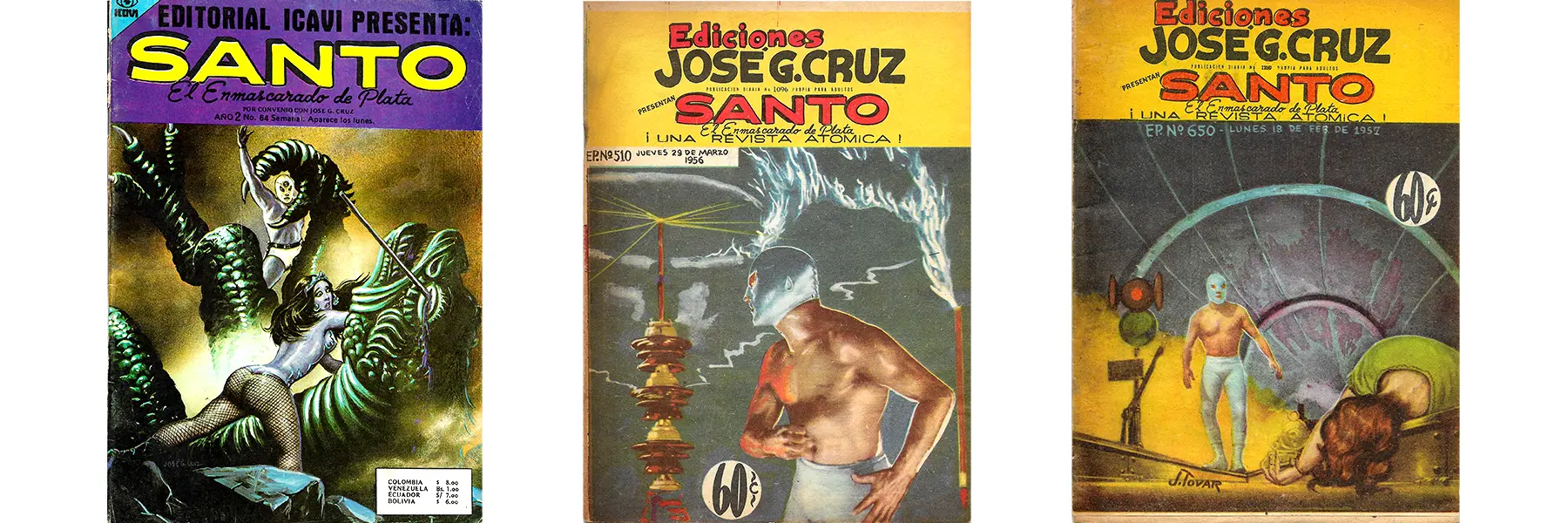
Each story wasn’t just thrilling—it tapped into deeper themes of national identity, colonial trauma, and modern fear.
Sales Showdown: Cruz vs. The Caped Crusaders
Within Mexico and Latin America, El Santo comics routinely outsold their American counterparts during the 1960s and ’70s. While superheroes like Batman and Superman dominated globally, they couldn’t touch El Santo’s regional reign.
Cruz’s comics had something Marvel and DC didn’t: a real-world hero embedded in local culture.
Legacy of a Cultural Visionary
José G. Cruz didn’t just make comics—he made legends. Through a mix of pulp storytelling, photorealistic flair, and national pride, he helped define the visual and moral landscape of post-war Mexican pop culture.
Even today, his comics remain collector favorites, historical artifacts, and testaments to how art and culture can collide in a wrestling ring—and leave a nation forever changed.
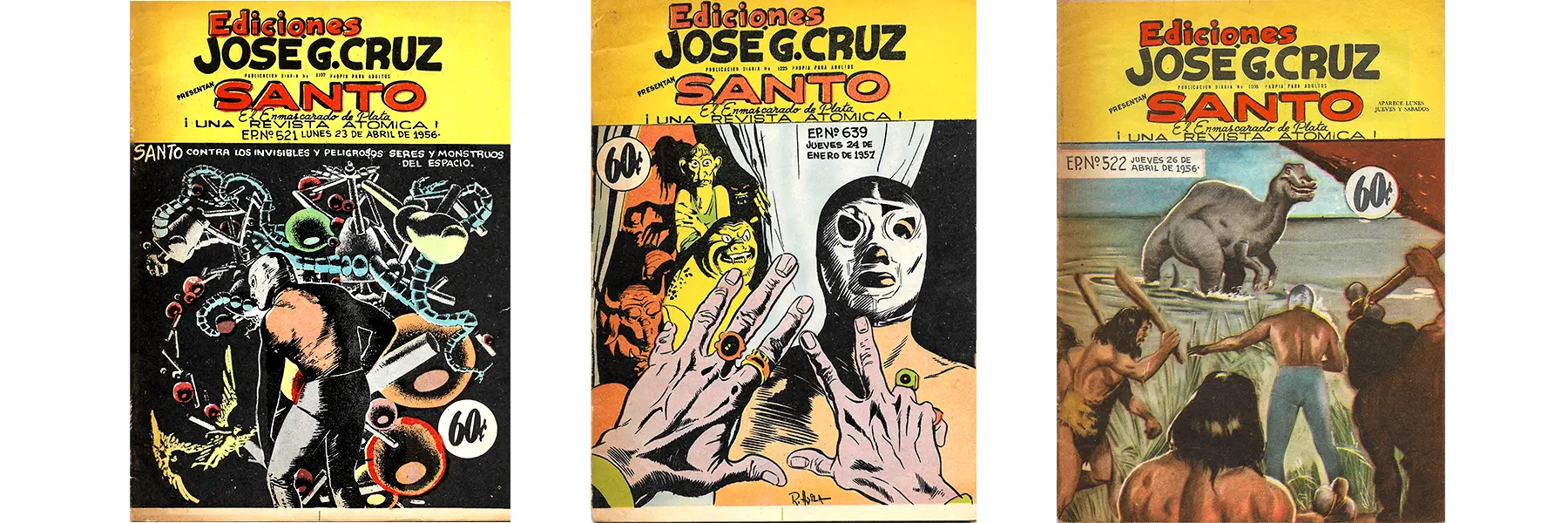
Bonus Video
Check out this amazing video, which also includes images from the insides of the El Santo comics! It also gives an overview of Blue Demon comics, Huracan Ramirez comics, and so much more!


